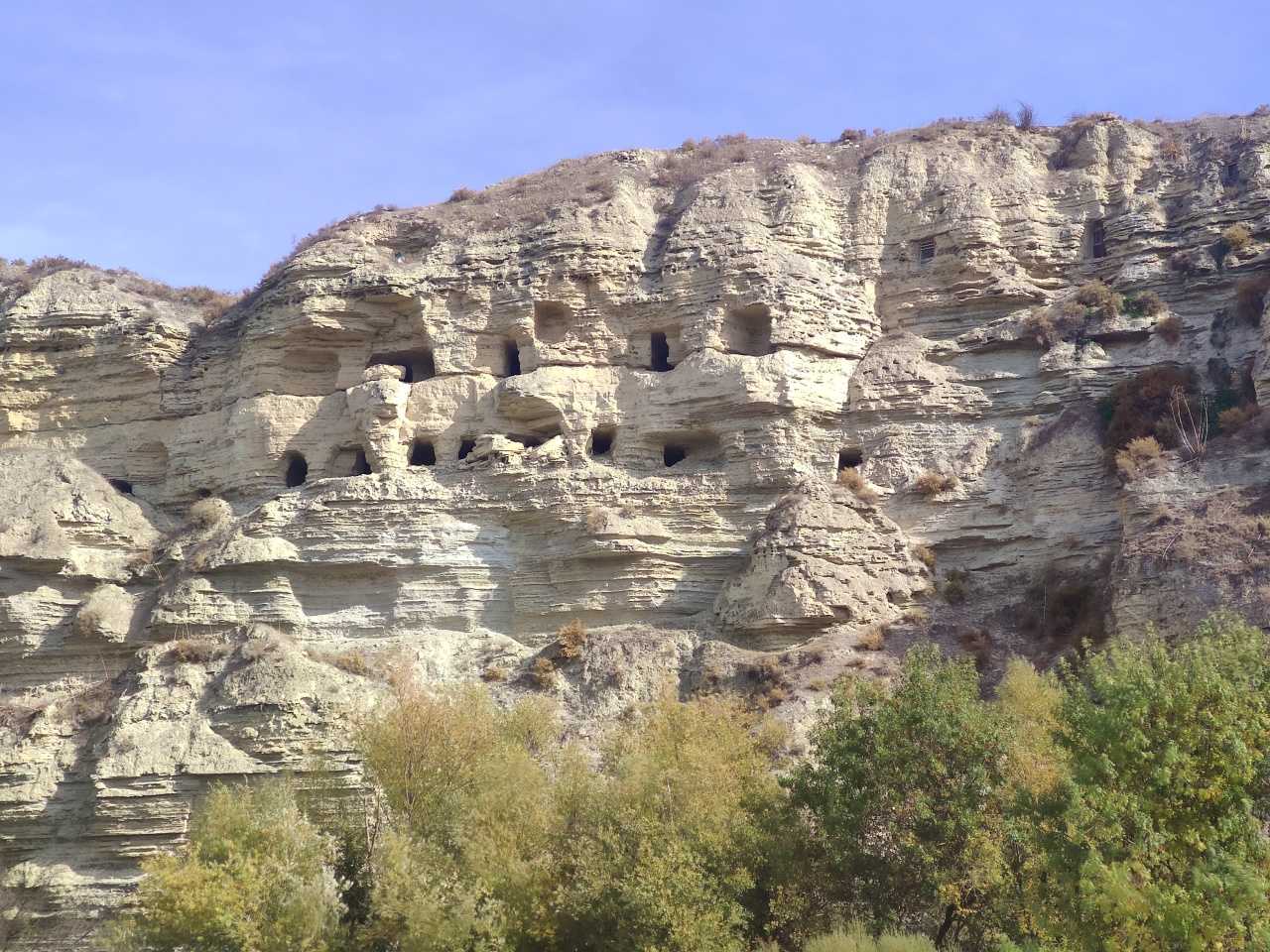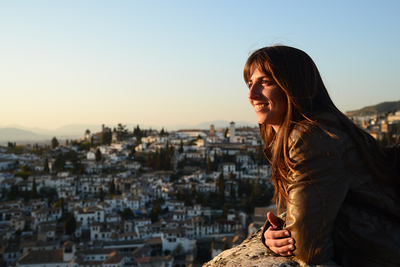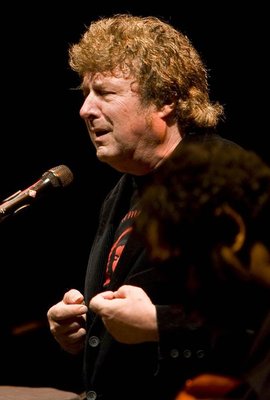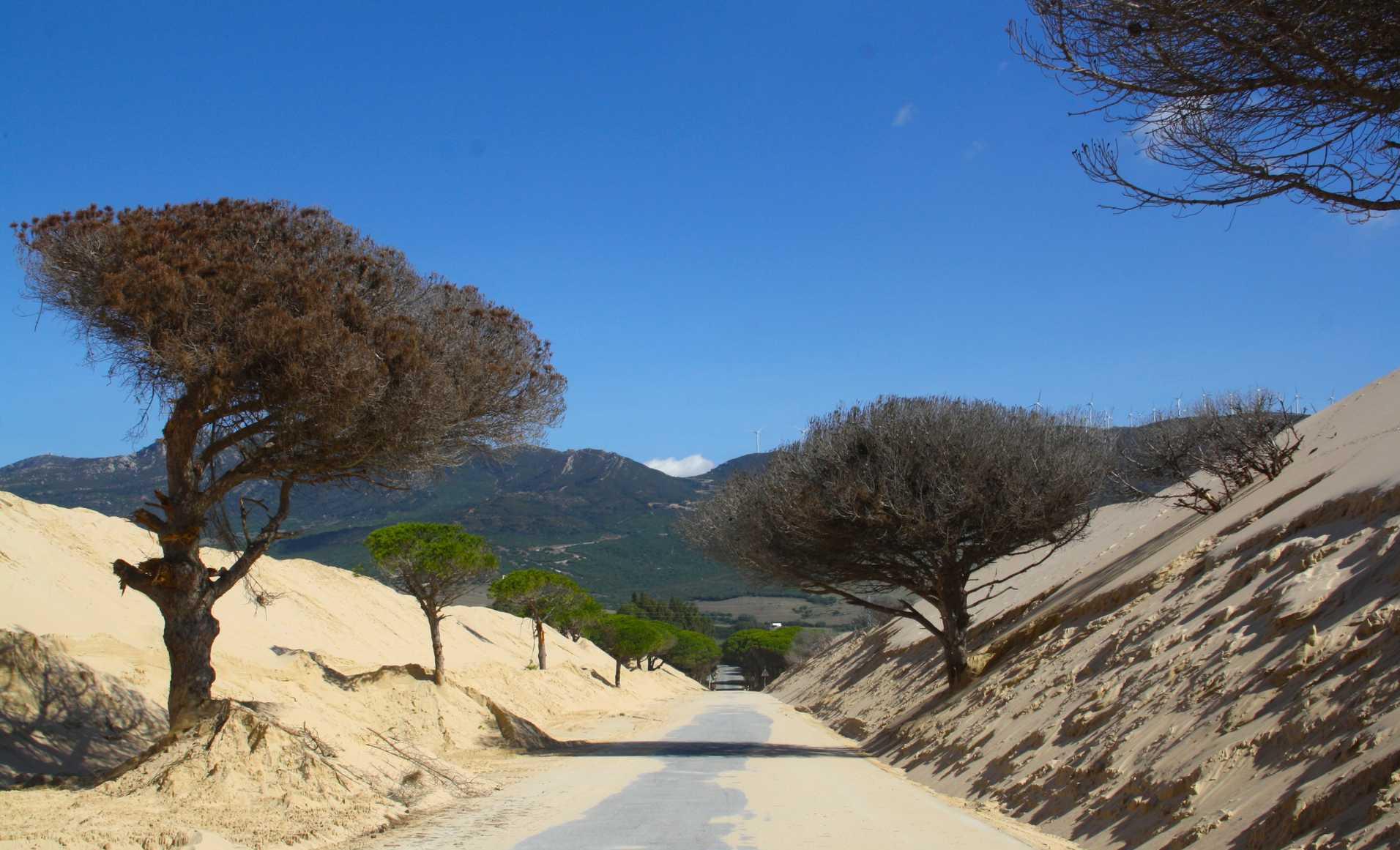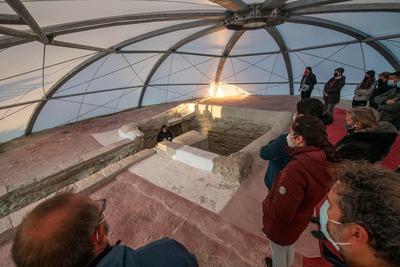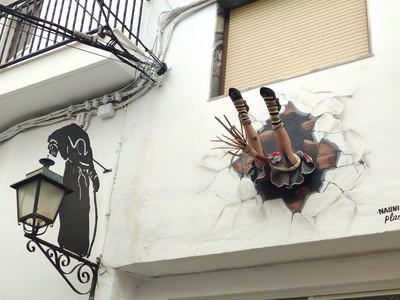The Great Path of the First Settlers of Europe

In the Granada region of Huéscar, a trail of about 150 kilometres runs through various places where prehistoric animals and hominids have left their imprint. An unknown and fascinating route through the dawn of history that can be covered on foot, by bicycle or by car.
The fields of the region of Huéscar today look arid, interrupted here and there by cultivation terraces – where olive trees and citrus trees grow –, isolated wooded patches – like the one that lines the slopes of the impressive La Sagra hill – and brown, reddish and green bushes, typical of badlands.
Yet hundreds of thousands of years ago, there was a great lake here that was a source of life for many animal and plant species. It looked similar to the African savanna.
Hyenas, sabre-toothed cats and even huge mammothsran up and down the thick green slopes of the hills and mountains. Primitive man did not yet play a dominant role, but rather an almost scavenger role as he waited for his intelligence to develop sufficiently to get to the top of the food chain.
We can know all this thanks to the archaeological sites discovered in this region on the Great Path of the First Settlers of Europe.
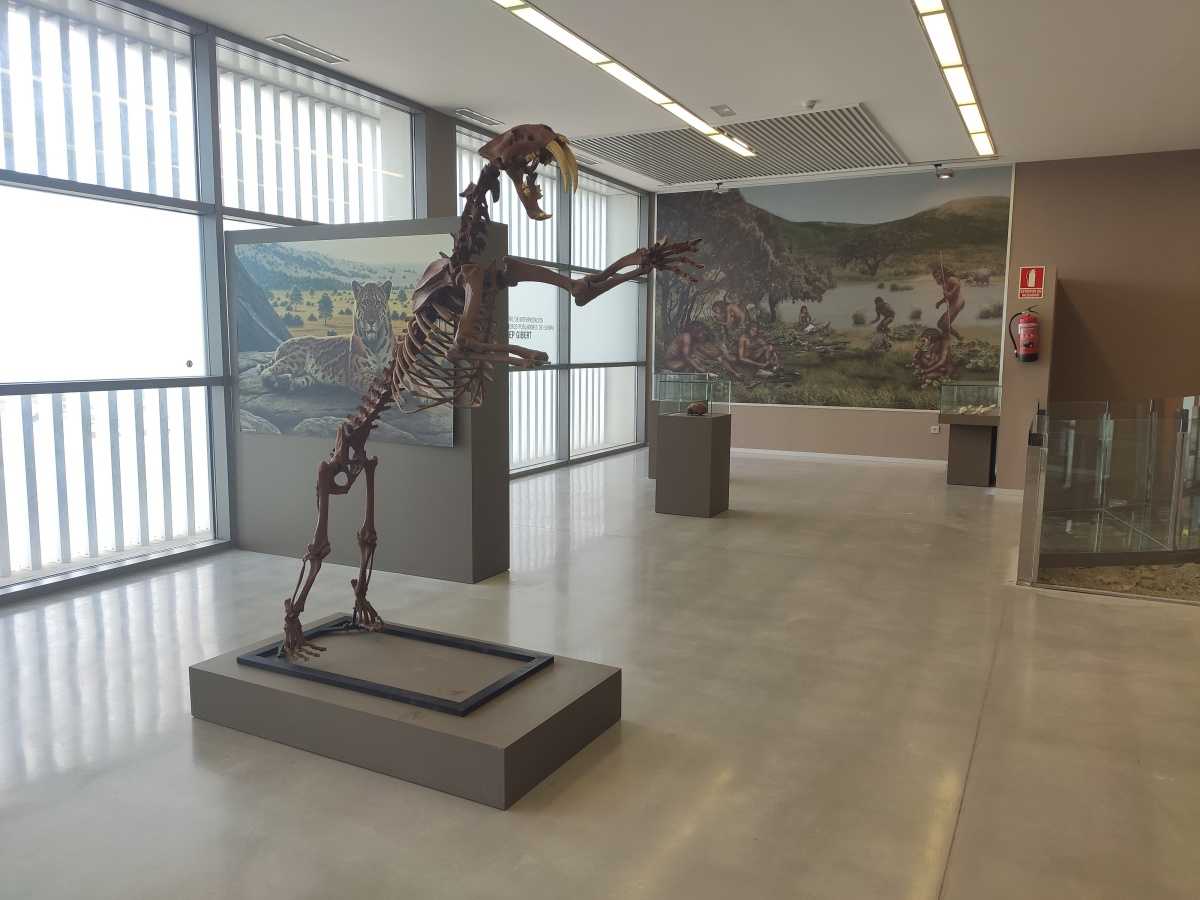
But before diving into this route that is so interesting from a historical, scenic, cultural and even gastronomic point of view, we are going to share some logistical tips that will help you prepare your Indiana Jones-style adventure.
Where is the Great Path of the First Settlers of Europe?
This circular route goes through six municipalities in the Granada region of Huéscar: Puebla de Don Fadrique, Huéscar, Castril, Castilléjar, Galera and Orce.
How to travel on the Path of the First Settlers of Europe
The way you cover this 150 km route depends on what kind of a traveller you are. Some choose the great adventure of covering the route on foot, in about six stages that are perfectly waymarked.
Others prefer to do it by mountain bike (in some parts the route will take you on the road) and, finally, you can drive.
No way is better than the other, but, obviously, whoever decides to walk will experience the route in a closer and more authentic way.
How much time do I need to cover the Path of the First Settlers of Europe?
This question depends on the answer to the previous one.
If you walk, it usually takes at least six days. Although you can always come several times and do one stretch at a time.
If you go by bike, you and you would only need three days, and only two days if you are driving (including stops at museums, towns and natural attractions).
Best time of year to do the Path of the First Settlers of Europe
The best time to embark on this adventure is in the spring, from the end of April to the beginning of June.
At that time, the temperature is pleasant and not as hot as in summer, when the sun scorches the fields of the northeast of Granada. Winter is a bit icy, while autumn can be considered the second most pleasant season, as the leaves on deciduous trees offer a beautiful and colourful natural spectacle.
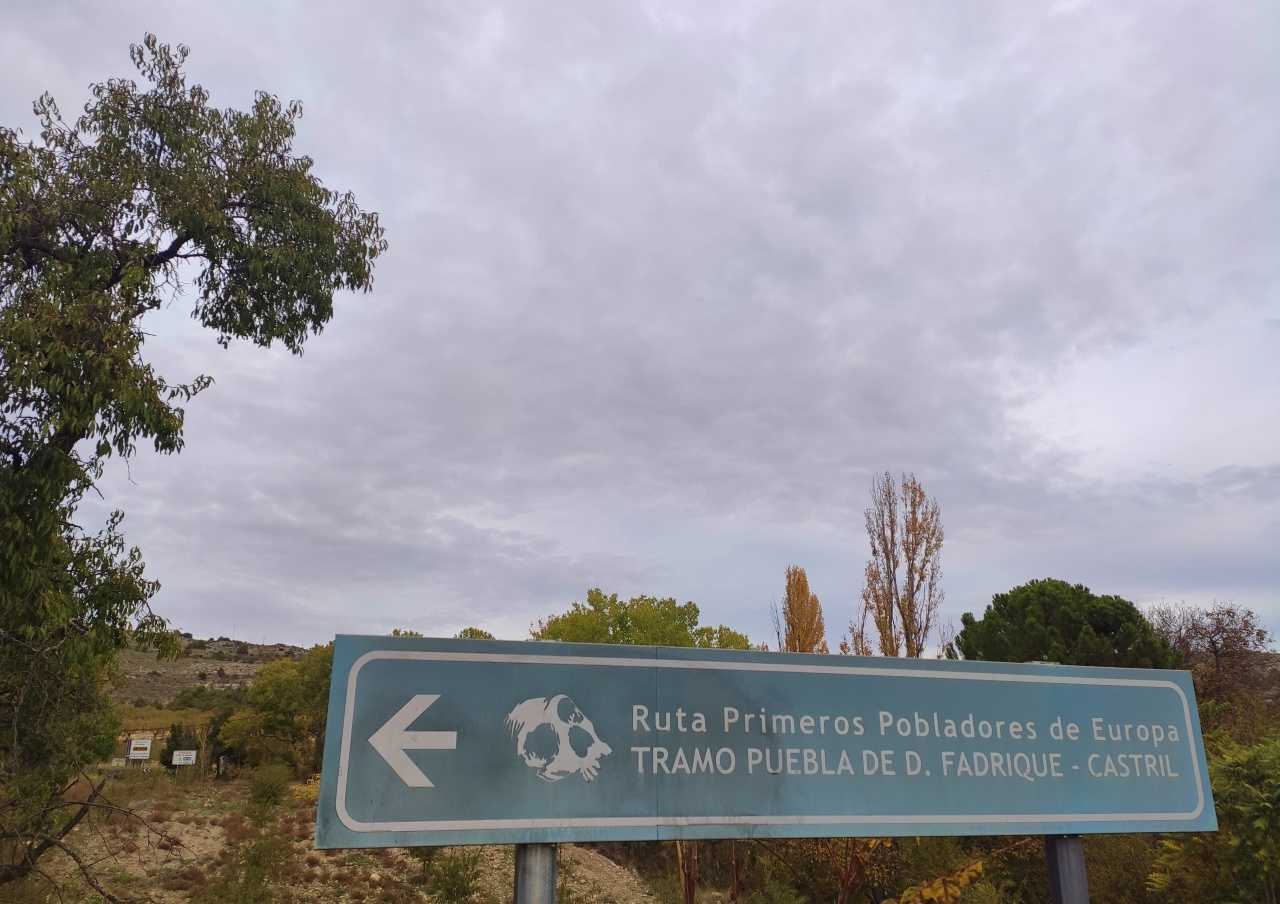
What to see on the Great Path of the First Settlers of Europe
On this wonderful route we can enjoy all the things that make a trip unforgettable: beautiful landscapes, cultural heritage and monuments, welcoming people and rich gastronomy.
As it would be impossible to number all the interesting points on the path in one post, we are going to highlight the most important ones:
Galera Archaeological Museum
In the small village of Galera we find the most complete museum on the route. It opened in 2001 and it lies in the former Cristo Rey Convent, a beautiful building located in the centre of the village.
At the Archaeological Museum of Galera you will find objects from the cultures that lived in this area throughout history. There are Arab coins, ancient Roman carved rocks, Phoenician figures (such as the replica of the venerated Lady of Galera) and a good number of utensils from the Argaric culture, which inhabited the southeast of the Iberian Peninsula just over 4,000 years ago.
However, the most famous item is the Galera Mummy. It's the body of one of the two people who were found buried in niche 121 of the site of Castellón Alto (on the outskirts of Galera). There was a man and his son, and the former had been perfectly preserved. It was an important discovery in the study of customs and aspects of the Argaric world.
The original mummy is in a special urn. When you see it you will feel like you have gone back in time. A veritable archaeological treasure that deserves to be truly appreciated.
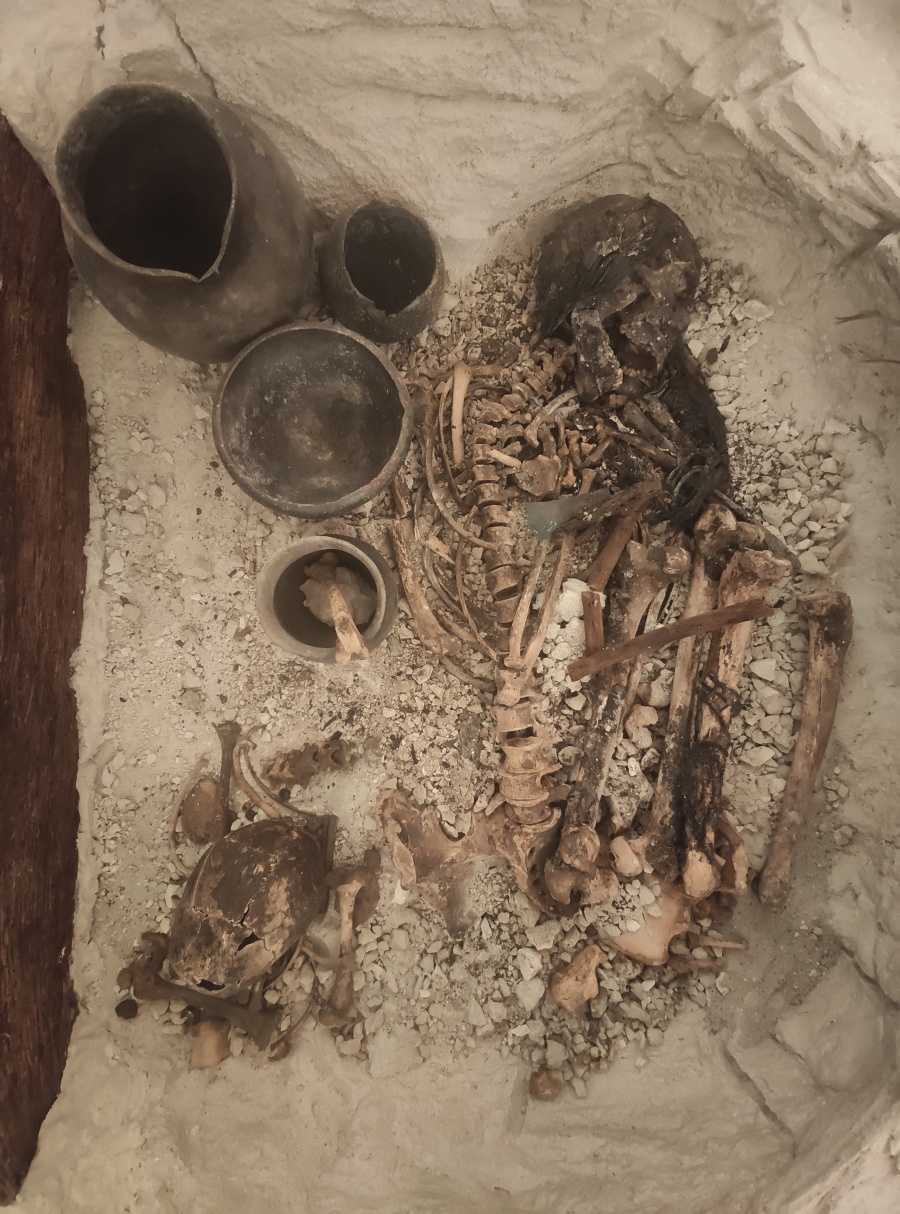
First Settlers of Europe Museum
The other important museum on the route is the First Settlers of Europe Museum, which is in the town of Orce.
However, we mention it after the Galera museum because we think there are more things to see in the first one. In the Orce museum we can enjoy a video explaining what the area was like thousands of years ago, and a room displaying original mammoth fossils found by the ancient lake, as well as replicas of human bones, and skulls of sabre-toothed cats and other extinct species.
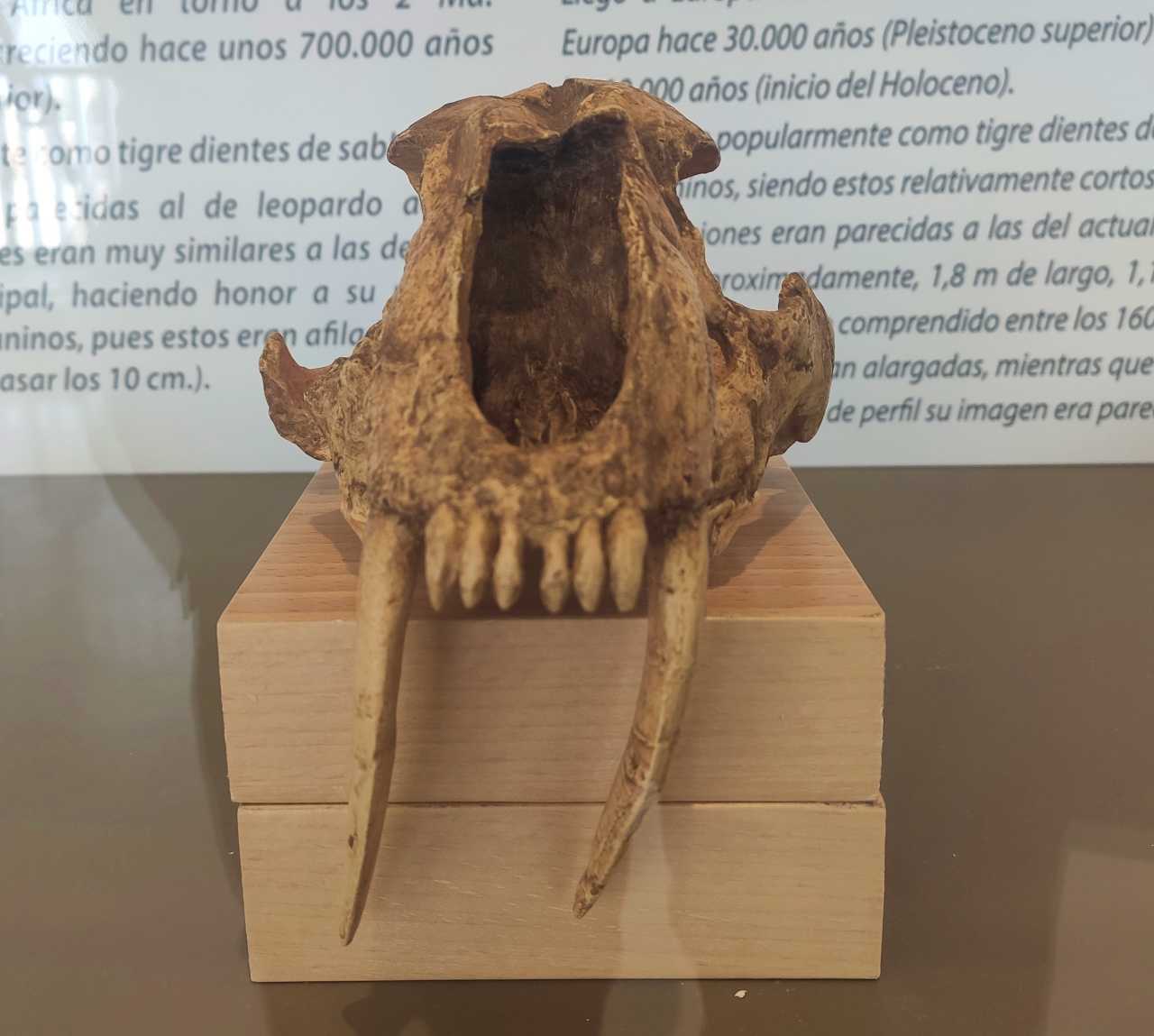
Castellón Alto Archaeological Site
On the slopes of two hills outside Galera we find the fairly well-preserved ruins of an ancient Argaric settlement that was inhabited at some point in the Bronze Age, between 1,900-1,600 BC.
There is no better way to explore the Castellón Alto site than booking a guided tour in which you can see the houses spread over the terraces, as well as the tombs that were inside them.
If you have enough time, you could hire some electric bikes and tour the badlands that surround the site. A unique landscape that is worth enjoying at your own leisure.
Another archaeological site near Galera that is worth exploring is the Necropolis of Tútugi, which is one of the largest and most important examples of the Iberian culture in Spain.
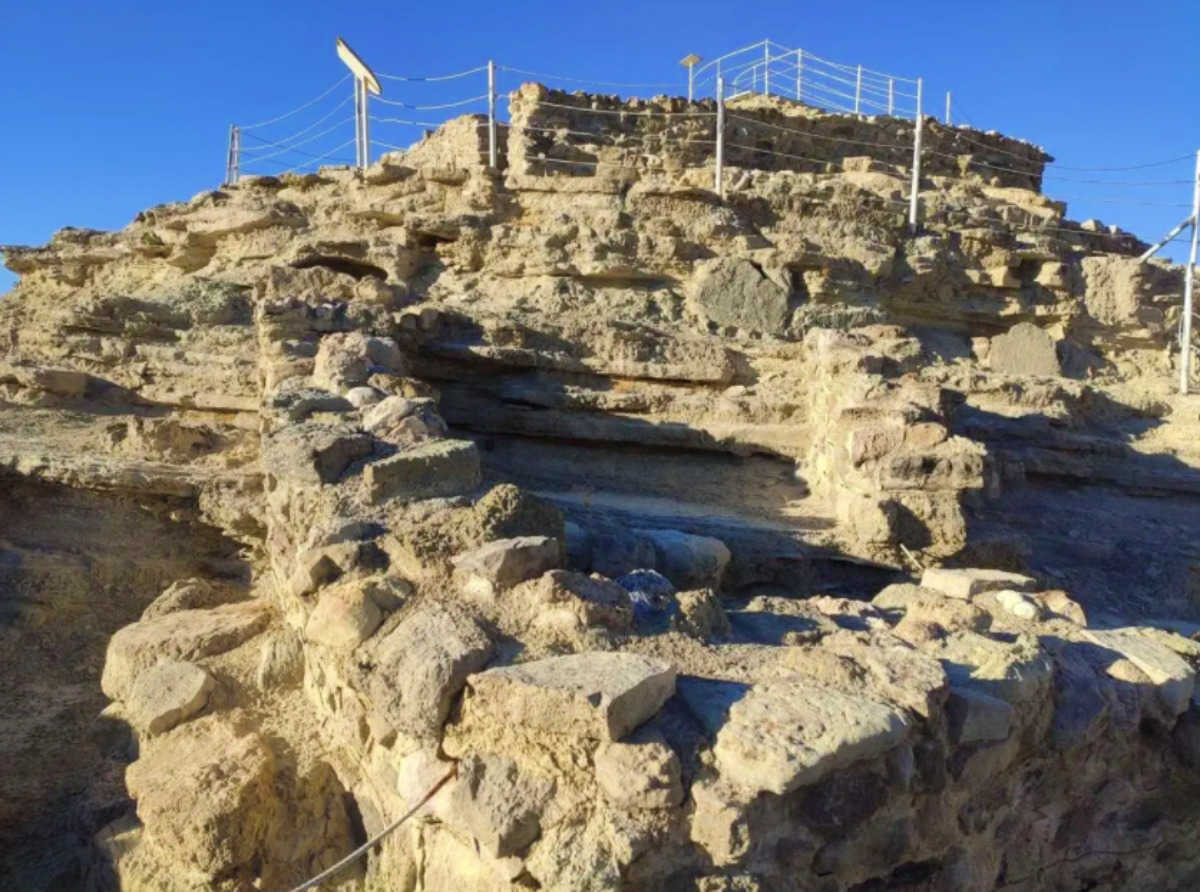
Sequoias and stars in La Sagra
At La Sagra hill, where the highest peak rises up to 2,381 m above the sea, the skies are so clear that an astronomy observatory was installed. As the site is on a private estate, you must make an appointment to visit the facilities and attend an evening stargazing workshop. It's an experience that you won't forget in a hurry!
Very close to the observatory's large telescope, on La Losa farm, there are some massive trees that seem a bit out of place. We're talking about the magnificent sequoias which were planted here over a century ago by Rafael Bustos Sagade, 7th Marquis of Corvera. A little piece of another continent that we can enjoy from the entrance to the farm or by making an appointment.

Cerrada del Río Castril canyon
Another unmissable stop on the Great Path of the First Settlers of Europe is the beautiful town of Castril, with its whitewashed houses adorned with colourful flowers, creeping up a hill with an ancient Moorish fortress.
After visiting the castle and enjoying the magnificent views of the valley and the surrounding area, you have to go down the hill to discover the short but impressive Cerrada del río Castril canyon.
This path takes us through a narrow gorge of limestone walls, with the choppy waters of the River Castril flowing through. Vultures and other birds of prey watch us curiously from above.
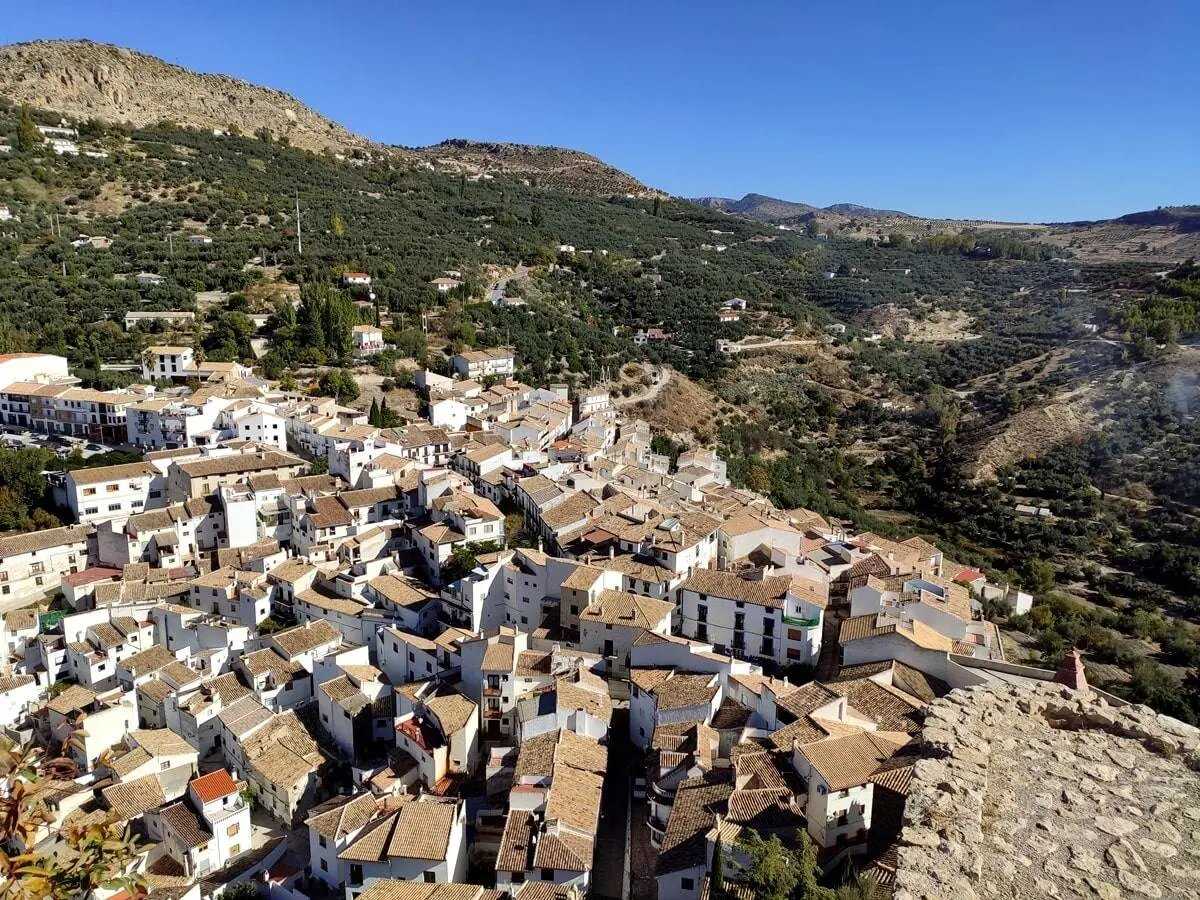
Blue water reservoirs
When the weather gets hot, many hikers go down to the turquoise waters of the San Clemente and El Portillo reservoirs to cool down and enjoy the scenery.
At El Portillo you can also rent a kayak and explore it from the water. This is one of the most fun activities to do on the Path of the First Settlers of Europe.
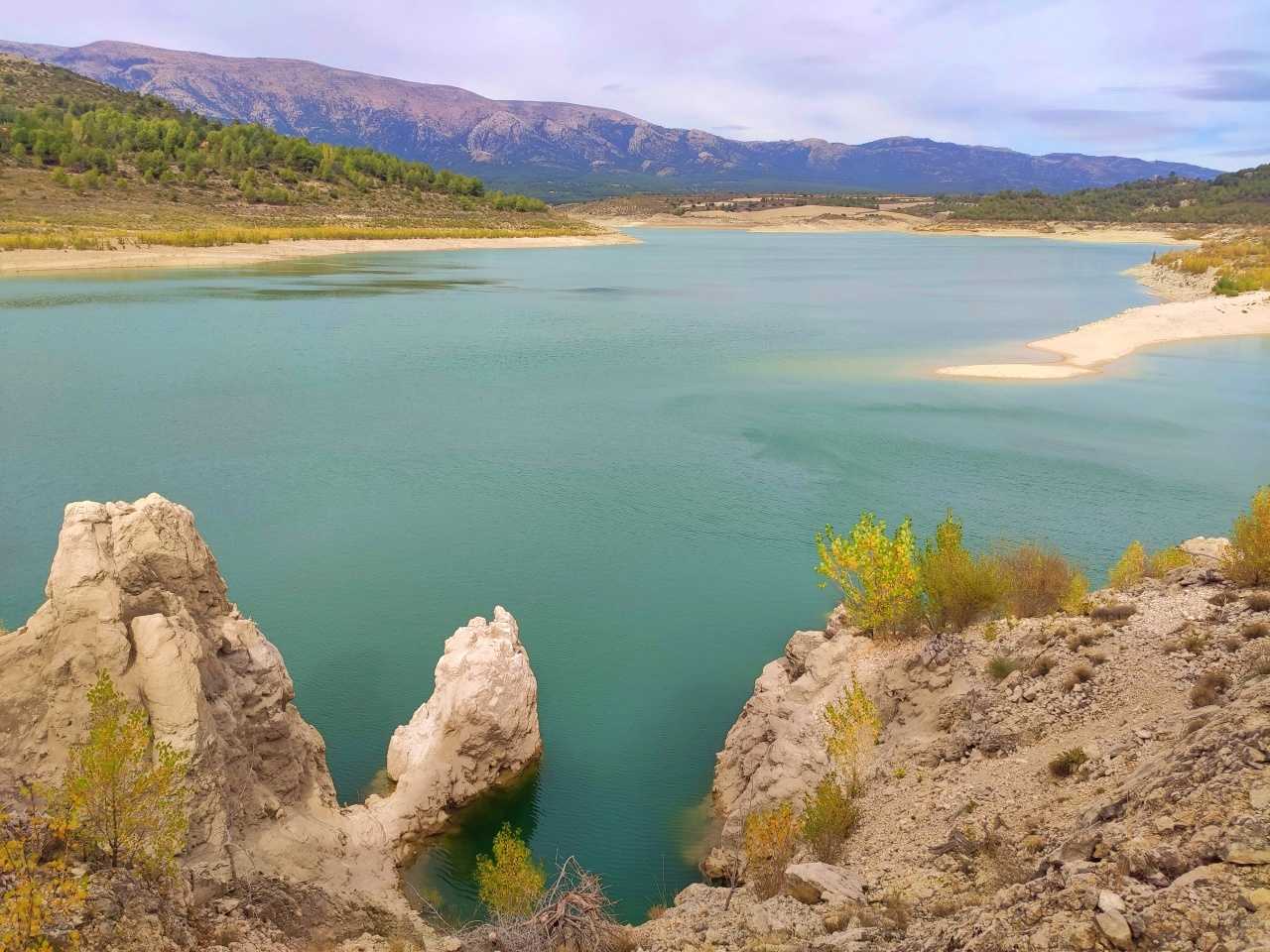
Morería de Castilléjar caves
Morería de Castilléjar caves are very close to the centre of this Granada town and they are possibly the oldest group of cave houses in the Huéscar region.
The great resemblance that these caves bear to those in Hafas de Arriba, in Benamaurel, suggests that they could have been built for defensive purposes at some point during the period of Almohad domination (12th century).
Nowadays many people in the area live in cave houses whose origin is similar to those of Castilléjar. And if we learn one thing from the Great Path of the First Settlers of Europe, it's that men never forget the past. We are the result of evolution over millions of years. We are but a speck of dust in a universe that we struggle to understand.
David Escribano - Viajablog Blog
